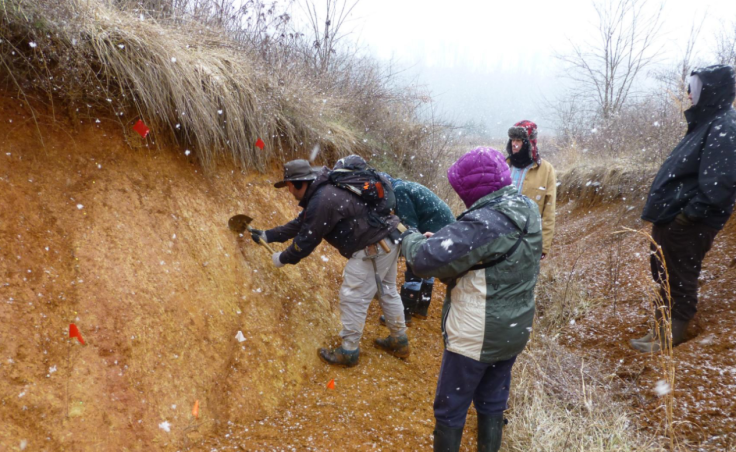Could a massive earthquake strike the eastern US?
Scientists study Eastern Tennessee Seismic zone for 25,000 year-old clues.

Massive earthquakes of magnitude 6 or greater that struck the Eastern Tennessee Seismic zone (ETSZ) – a small stretch of land between north-eastern Alabama to southwestern Virginia - around 25,000 years ago could provide clues to help avoid future disasters.
The ETSZ is the second-most active natural seismic zone in the central and eastern US, though recorded earthquakes have generally been small with a magnitude no larger than 4.8.
But scientists working in the region have nevertheless carried out investigations to assess whether major earthquakes could potentially happen in the future. This is all the more important as the region is home to several nuclear power plants and hydroelectric dams – if a massive quake were to damage these sites, the results could be catastrophic.
In a study now published in the Bulletin of the Seismological Society of America, scientists discuss the results of research conducted at Douglas Lake, which was created in 1943 by by impounding the French Broad River.
Evidence in ancient sediments
In the winter, the level of the water in the lake is lowered to accommodate snowmelt, exposing ancient sediments and signs of seismic activity. Scientists documented a number of geological signs which reveal the history of past earthquakes, including clay-filled fractures, evidence of soil liquefaction and so-called 'slickenlines' (fracture surfaces in polished rocks).
Combined, these signs suggest that at least three large earthquakes might have happened in the region's distant past. At least one of these would have been magnitude 6 or above, as a thrust fault with one meter displacement discovered at the site indicates.
The scientists then proceeded to date these earthquakes. They analysed the sediments contained in the seismic features using a technique known as optically stimulated luminescence. It allowed them to assign dates to the minerals contained in sediments.

The method revealed that these earthquakes would have happened sometime between 25,000 and 15,000 years ago, in the late Pleistocene, at the time of the last North American ice age.
"I think we've got a pretty good case that this is related to active faulting, and that it does demonstrate that at least in periods of time in the past there have been strong earthquakes in the ETSZ," study author Randel Cox of the University of Memphis said.
It is unclear at present whether similar large earthquakes could happen in the future. There is a possibility that these quakes were only active during the late Pleistocene, when seismic stresses in the crust fluctuated with the advance and retreat of massive ice sheets. "We don't have enough data right now to say whether or not this is some kind of ephemeral or maybe periodic activity," Cox said.
Research will continue in order to find out more about the current risk from earthquakes to the eastern United States. However, it will be made more difficult by the fact that post-ice age sediments, which scientists would need to examine in this kind of research, are mostly buried underwater.
© Copyright IBTimes 2025. All rights reserved.






















